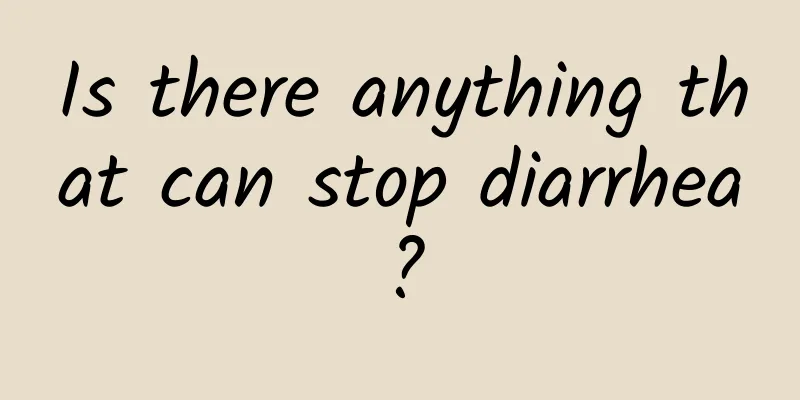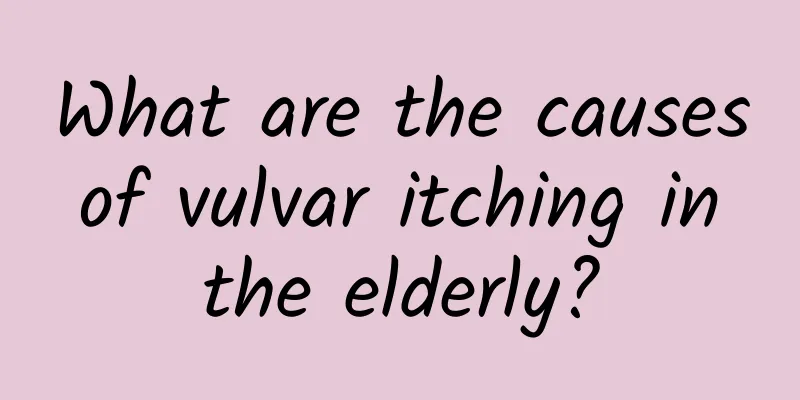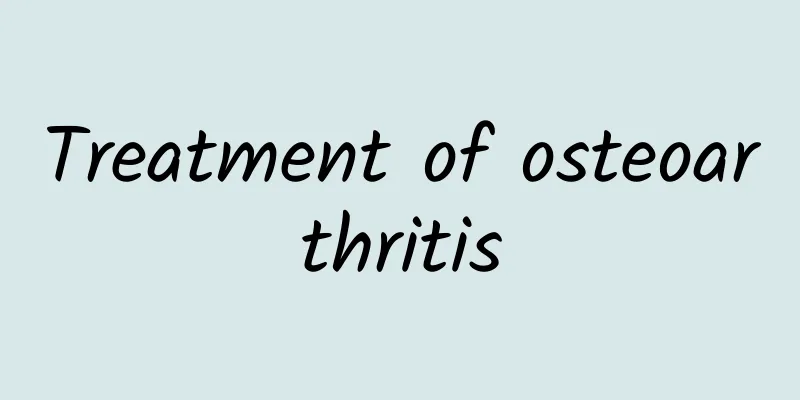Nursing after complete lung resection

|
For patients with more serious lung diseases, in order to protect their life safety, a pneumonectomy is often required. After the pneumonectomy, the patient's physical condition is relatively poor at this time, and vital signs must be monitored, infusion care must be strengthened, respiratory care must be done well, etc. Only in this way can the treatment effect after the operation be guaranteed and the patient's life and safety can be extended. 1. Vital Signs Monitoring After the operation, the patient continued to inhale low-flow oxygen at 3 L/min, and the changes in respiration, heart rate, blood pressure, blood oxygen saturation, and central venous pressure were closely observed. Deal with respiratory secretions promptly and keep them moist to avoid dryness of the respiratory tract and difficulty in expectoration so as to achieve effective oxygen delivery. Continuous ECG monitoring was performed to maintain blood pressure and heart rate within normal range. Blood oxygen saturation should be maintained above 95% and central venous pressure should be 6-12 cmH2O. Patients may have shallow and rapid breathing due to pain and other reasons after surgery, mostly between 20-35 times. If the breathing amplitude is large and rapid (>35 times/min), attention should be paid to the occurrence of respiratory failure. If the heart rate increases, the blood oxygen saturation decreases, and the trachea deviates to the healthy side after surgery, it is often caused by mediastinal compression and displacement, which should be taken seriously and treated. 2. Infusion careAfter total lung resection, the total amount of infusion and the infusion rate should be strictly controlled. Generally, the 24-hour infusion volume is limited to 1000-1500 ml, and the drip rate should be 20-30 d/min. The reserve volume should be slightly larger than the intake volume. Colloid should be used first, then crystalloid. It is better to infuse less rather than more to maintain water and electrolyte balance and observe urine output. If you have a severe cough and cough up a lot of thin foamy cough, you should be alert to the occurrence of pulmonary edema and notify a doctor in time for treatment. 3 Body Position Care After waking up from anesthesia and having stable vital signs, the patient should be placed in a semi-recumbent position. After total lung resection, the patient should be placed in a supine or 1/4 lateral position. If the patient is completely on the affected side or there is severe vibration when moving the patient, the mediastinum may move excessively and the large blood vessels may twist, causing shock. If the patient is completely on the healthy side, the only lung may be compressed, causing severe hypoxia. The patient's position should be changed every 2 hours, and skin care should be strengthened to prevent bedsores. 4 Respiratory careAfter complete lung resection, the pulmonary circulation blood flow is redistributed, the blood flow and pressure of the healthy lung increase, and the blood vessel wall becomes more permeable, resulting in more alveolar secretions on the healthy side. Therefore, eliminating respiratory secretions, maintaining respiratory secretions, and maintaining airway patency are important measures to ensure the success of the operation. After the patient wakes up, he/she is encouraged to cough and expectorate, and the back is patted intermittently to encourage the patient to cough. For those who are afraid of coughing due to the pain of the incision, the wound can be gently pressed, and the trachea can be pressed at the upper edge of the sternum to stimulate coughing; routine nebulization inhalation is performed after surgery. 5. Chest Drainage Tube Care After complete removal of one lung, the purpose of leaving a drainage tube is to drain the accumulated air and fluid in the chest cavity. The placed drainage tube is clamped with a vascular clamp and opened for a short time according to the patient's intrathoracic pressure. The amount of fluid discharged at one time should not exceed 500 ml. Pay attention to observe whether there is subcutaneous emphysema or tracheal displacement to the healthy side, and observe the position of the heart. If it is confirmed that the pleural cavity pressure is increased and there is a large amount of fluid or air accumulation, the chest drainage tube should be opened to remove the accumulated air and fluid. When opening the tube, coughing should be initiated and medical staff should be on guard. 6. Pain care After the operation, the patient is placed in a comfortable position. For patients who are sensitive to pain, a pain pump is placed after the operation. After the operation, the patient is encouraged to relax as much as possible and take painkillers when necessary. 7. Prevention of complications The main pulmonary complication is limited respiratory movement after surgery, which is caused by the blockage of the airway by the retention of secretions in the trachea. Therefore, it is important to assist in the discharge of sputum and place a tube, and give timely back percussion, sputum suction, nebulization inhalation, and expectorant drugs when necessary. After total lung resection, the patient's vital signs are stable and there are no discomfort symptoms. The patient should be assisted to get out of bed and move around as soon as possible to increase appetite and reduce gastrointestinal flatulence that causes the diaphragm to lift, the remaining lung to be compressed, and there are phenomena such as difficulty breathing and rapid heart rate. Patients with abdominal distension should be given hot compresses and massages in the lower abdomen, and gastrointestinal decompression should be performed when necessary. |
<<: How to get rid of the cold in the dog days
>>: What are the consequences of left lung removal?
Recommend
Effects and functions of Ganoderma lucidum and ginseng wine
Basically, most families have the habit of soakin...
Non-healing wounds on soles of feet
If a wound occurs on the sole of the foot, the he...
How much windproof should be used?
Many people don’t know what Fangfeng is. Fangfeng...
What to do if your baby coughs and spits up milk
It is also common for babies to cough and spit up...
The efficacy, effects and contraindications of ghost arrow feather
Ghost arrow feathers are produced throughout Nort...
Little girl has leucorrhea in her lower body
Girls will have their periods when they reach a c...
What to eat after taking an X-ray to eliminate radiation
Nowadays, various scientific and technological pr...
TCM treatment of bone tuberculosis
There are quite a variety of methods for treating...
Medicinal value of wild houttuynia
Houttuynia cordata root (English name HERBA HOUTT...
Difference between vomiting blood and blood in stool
When thinking of vomiting blood, most people will...
What causes numbness in the big toe?
Toe numbness is a complication of many diseases, ...
How to effectively treat osteoarthritis
If osteoarthritis is not effectively treated, it ...
What medicine is more effective for alopecia areata?
Alopecia areata is a type of hair loss phenomenon...
Can pregnant women take Panax notoginseng powder?
We all know that Panax notoginseng is also known ...
What are the effects and functions of cranesbill?
What are the effects and functions of cranesbill?...









